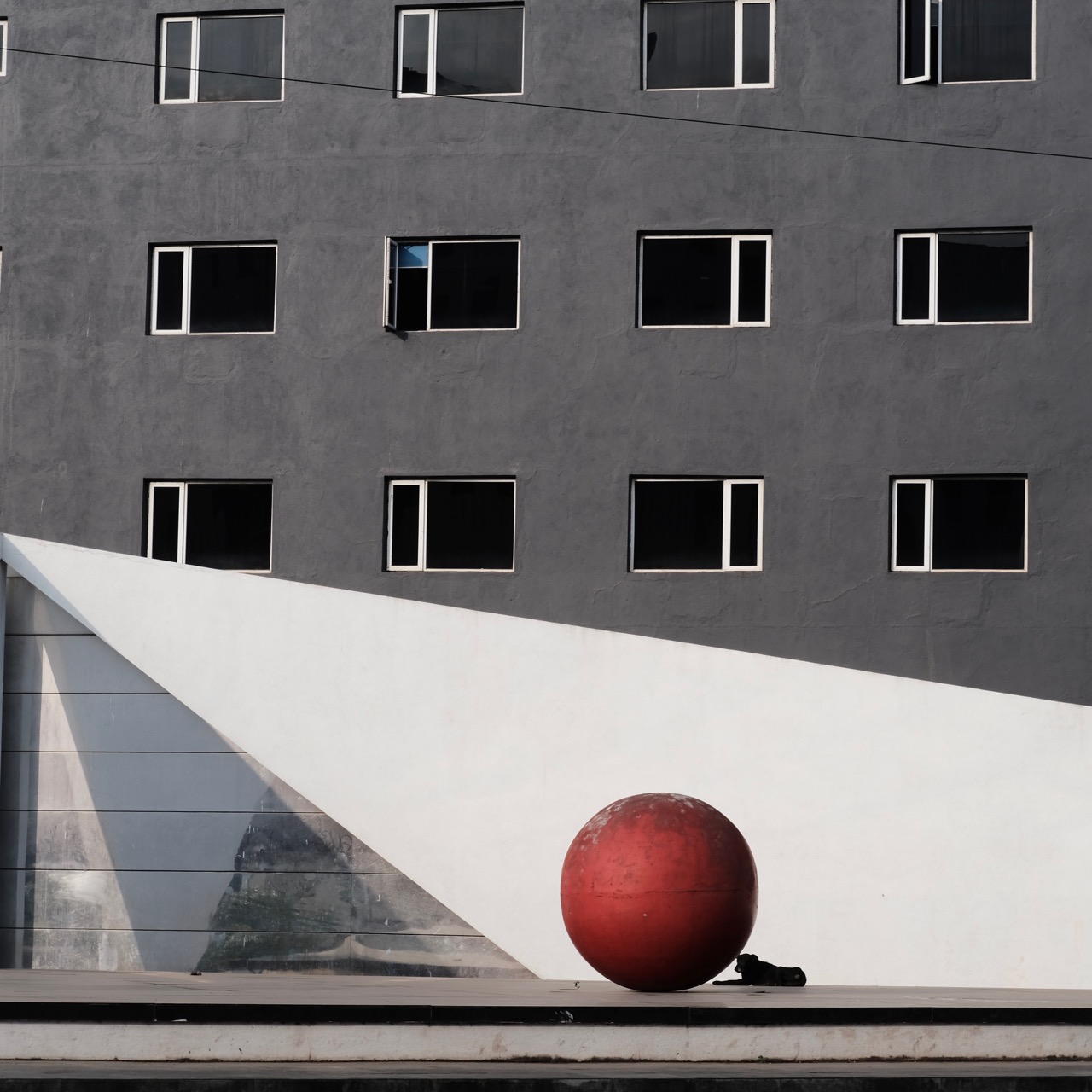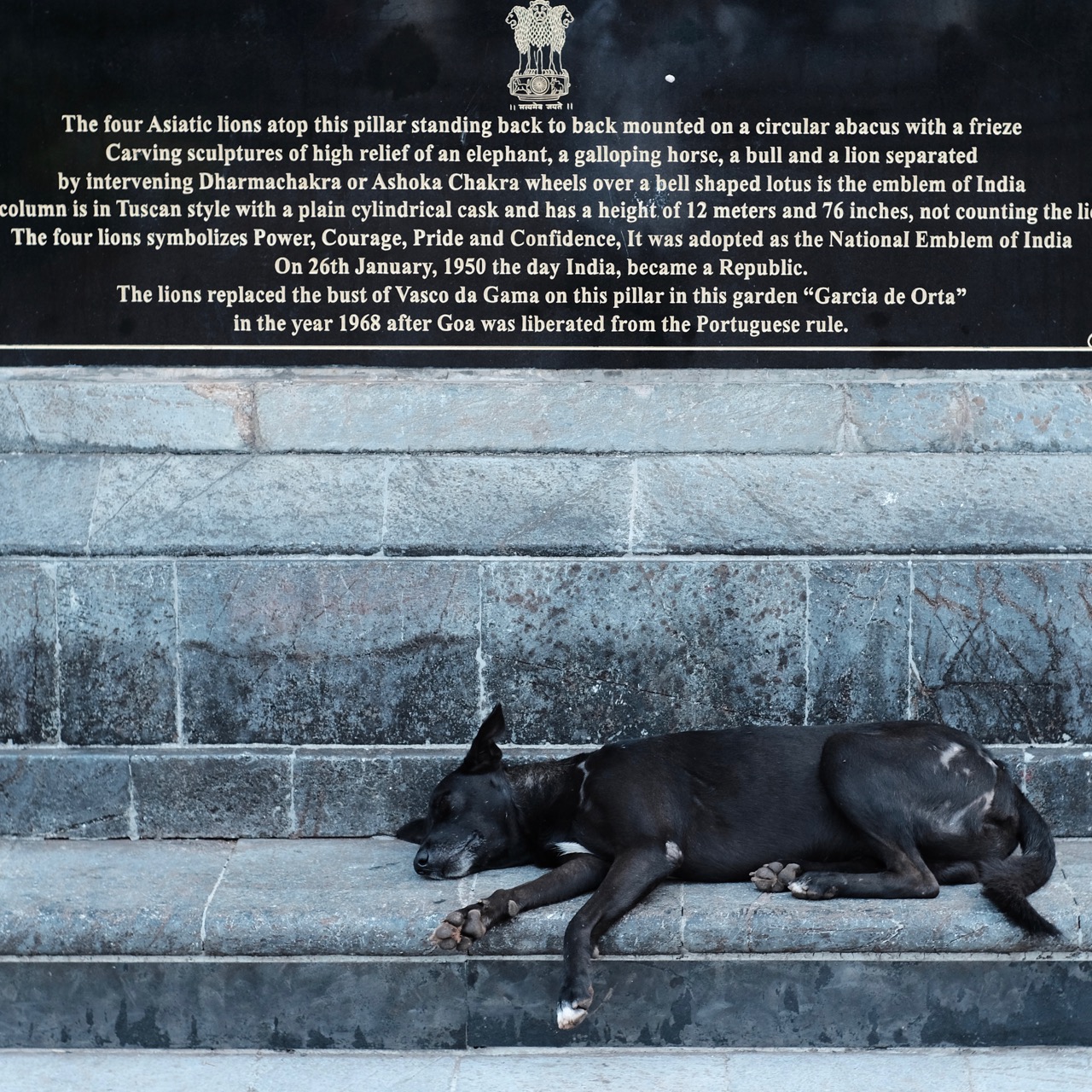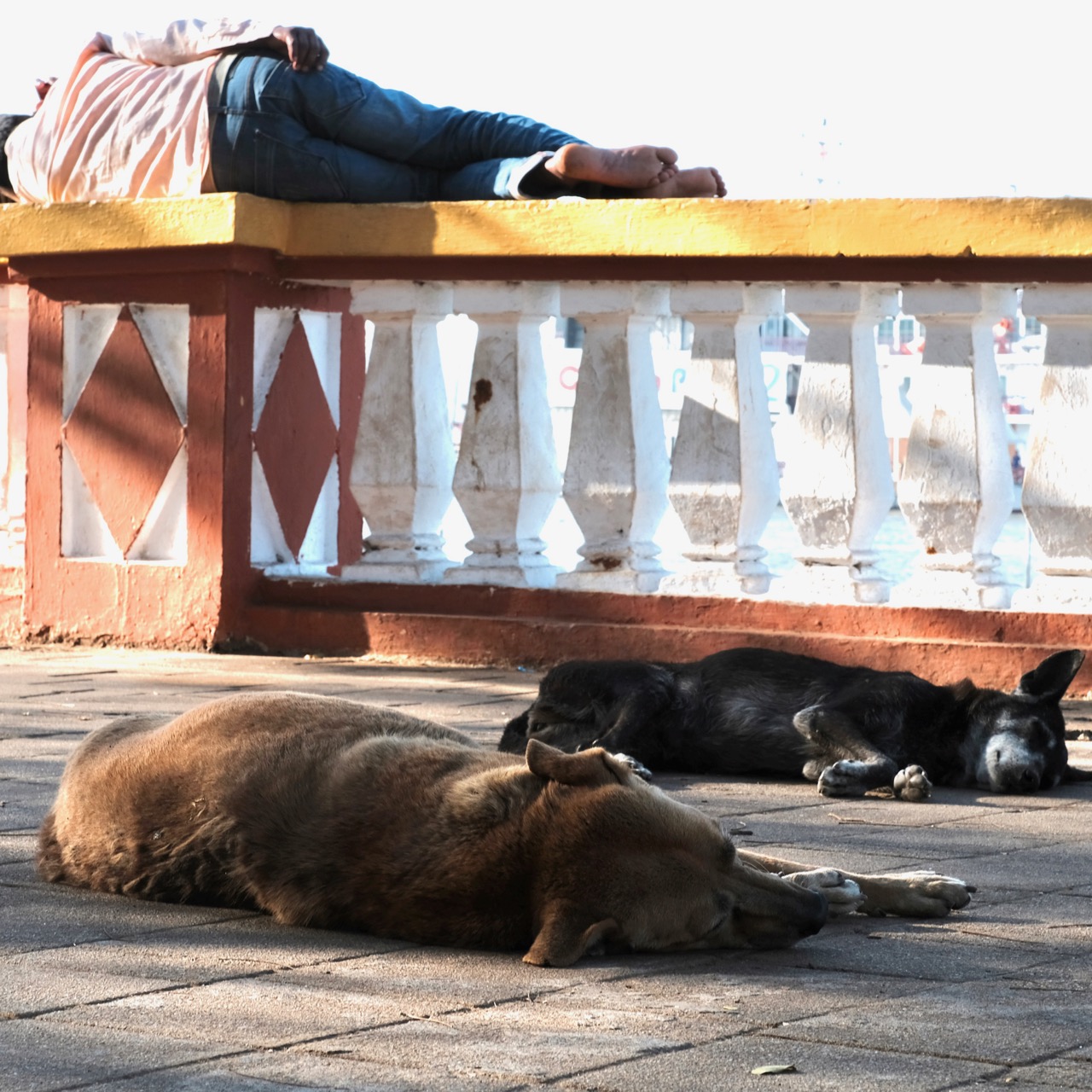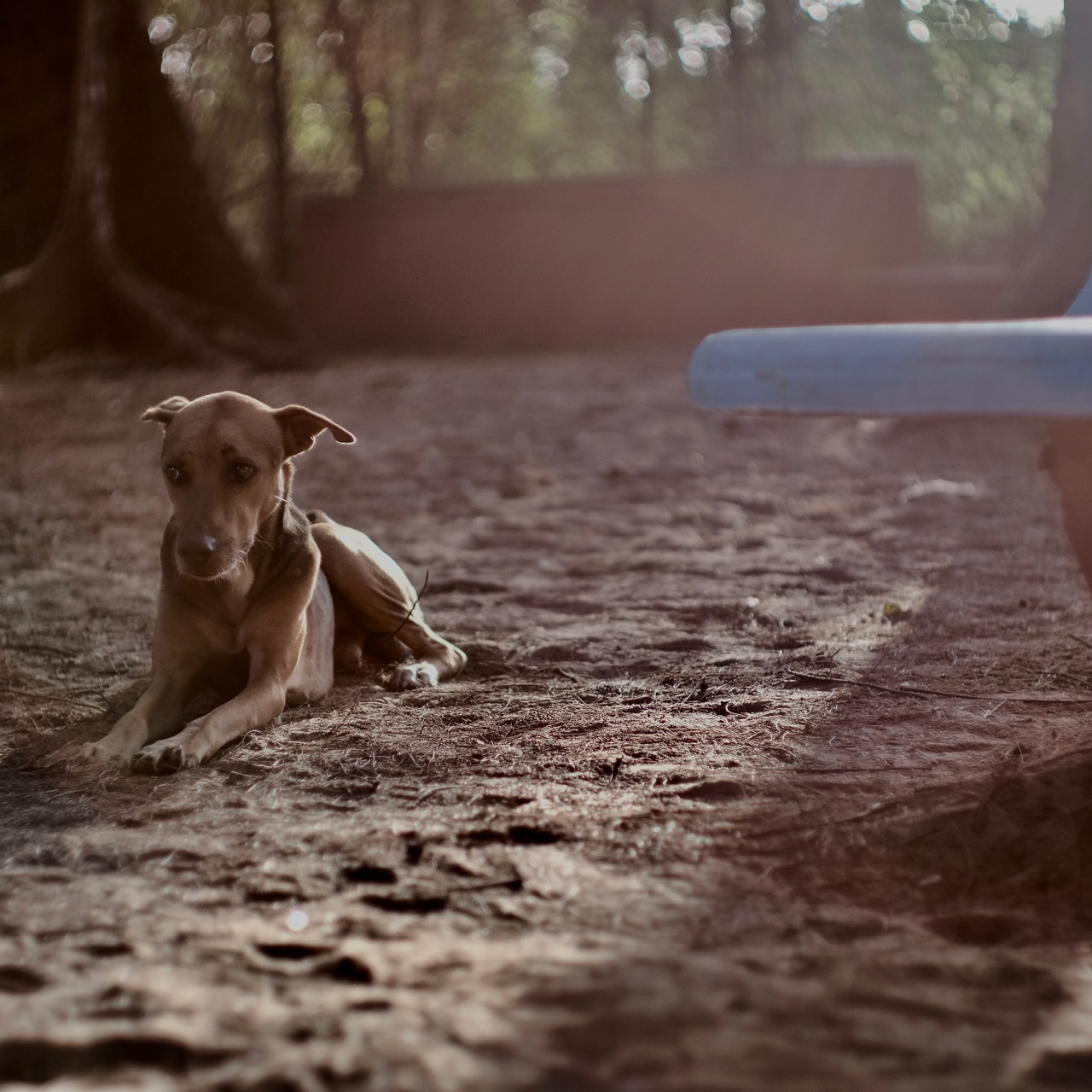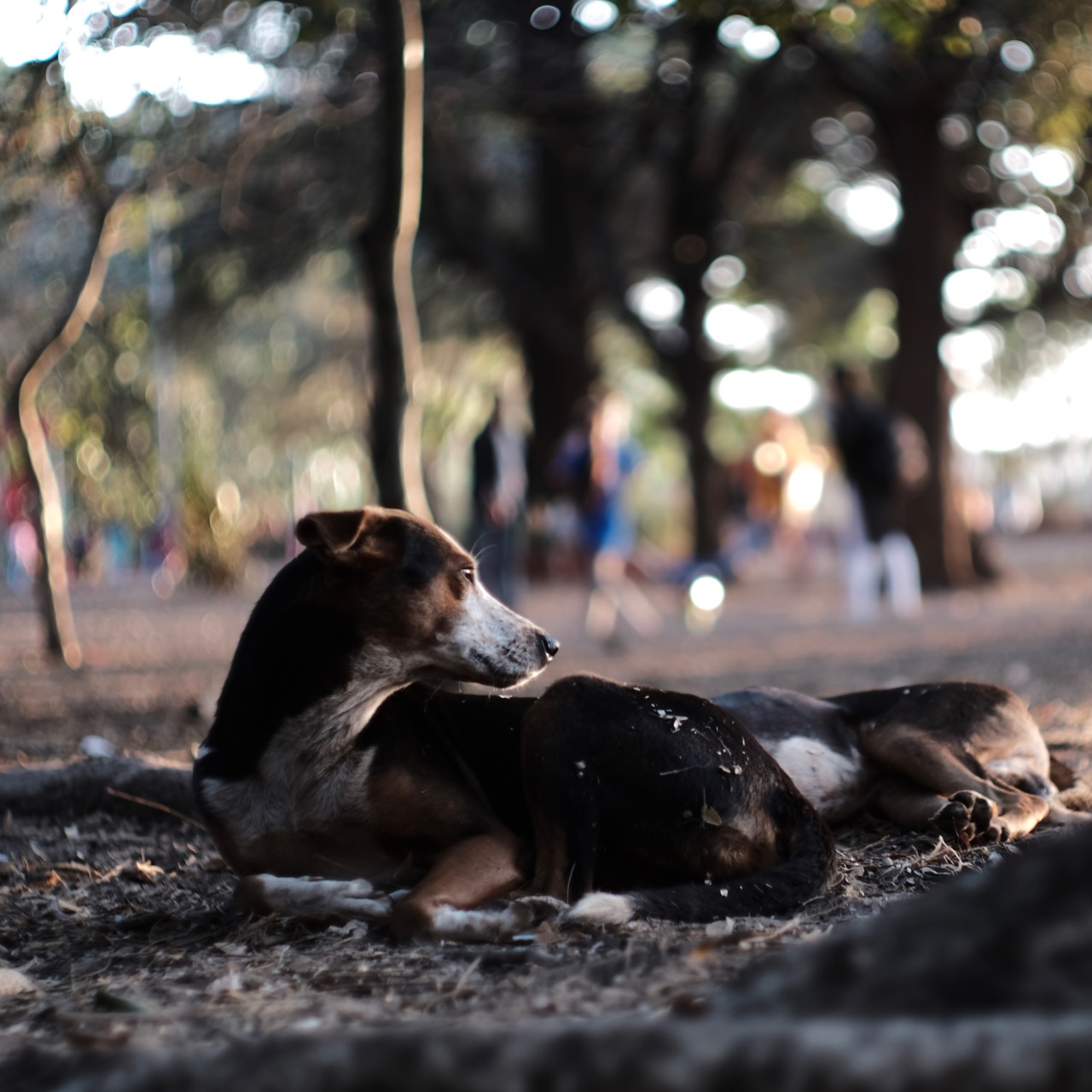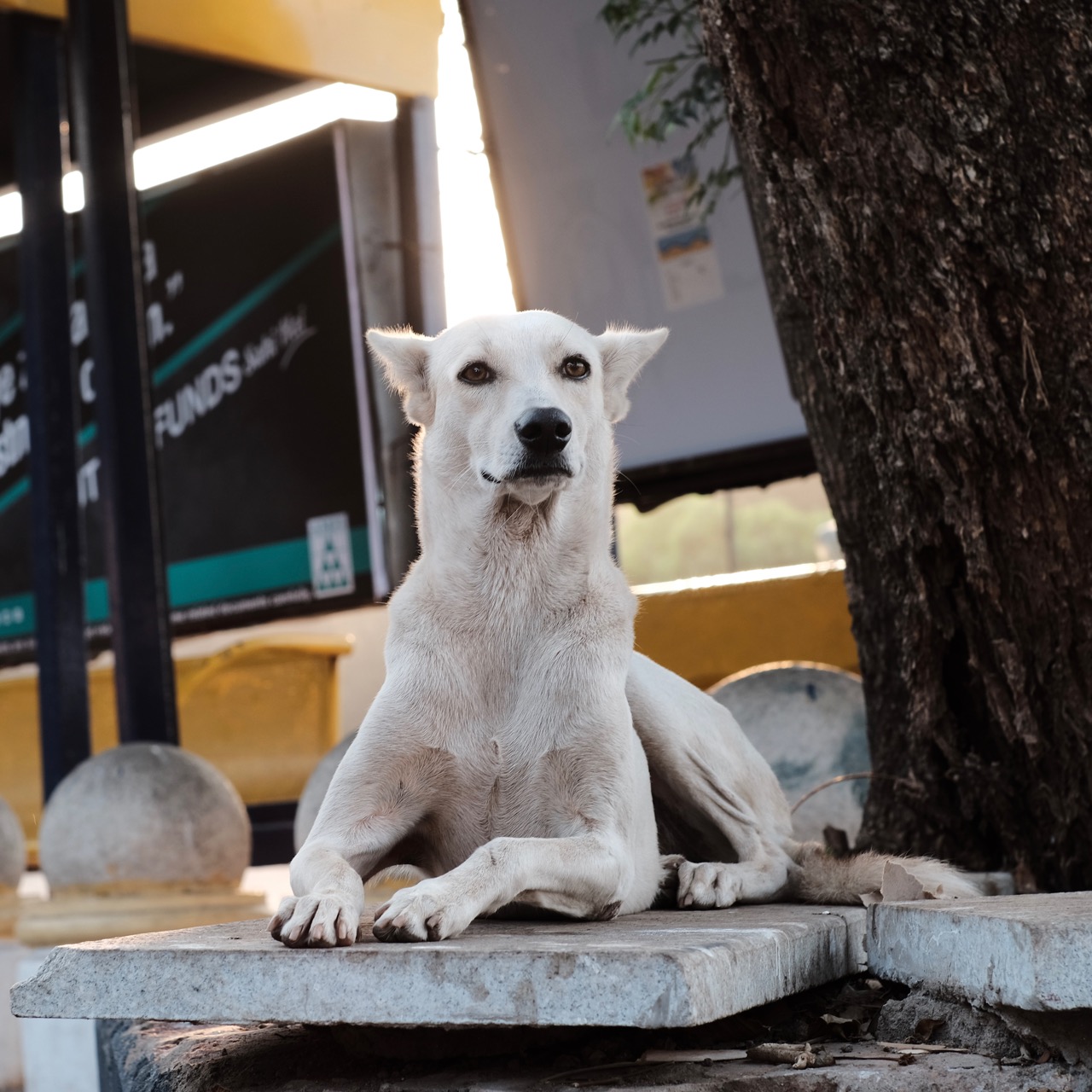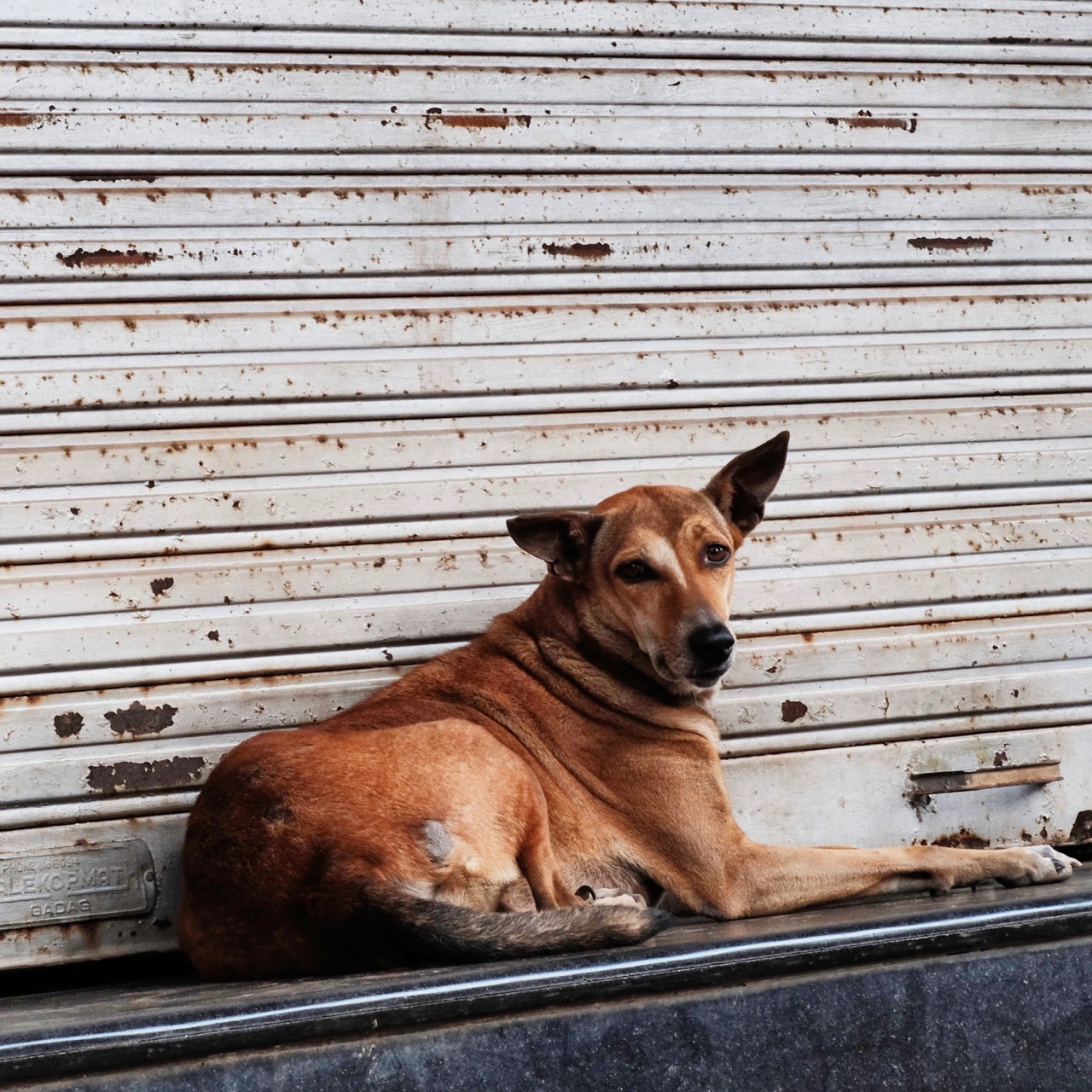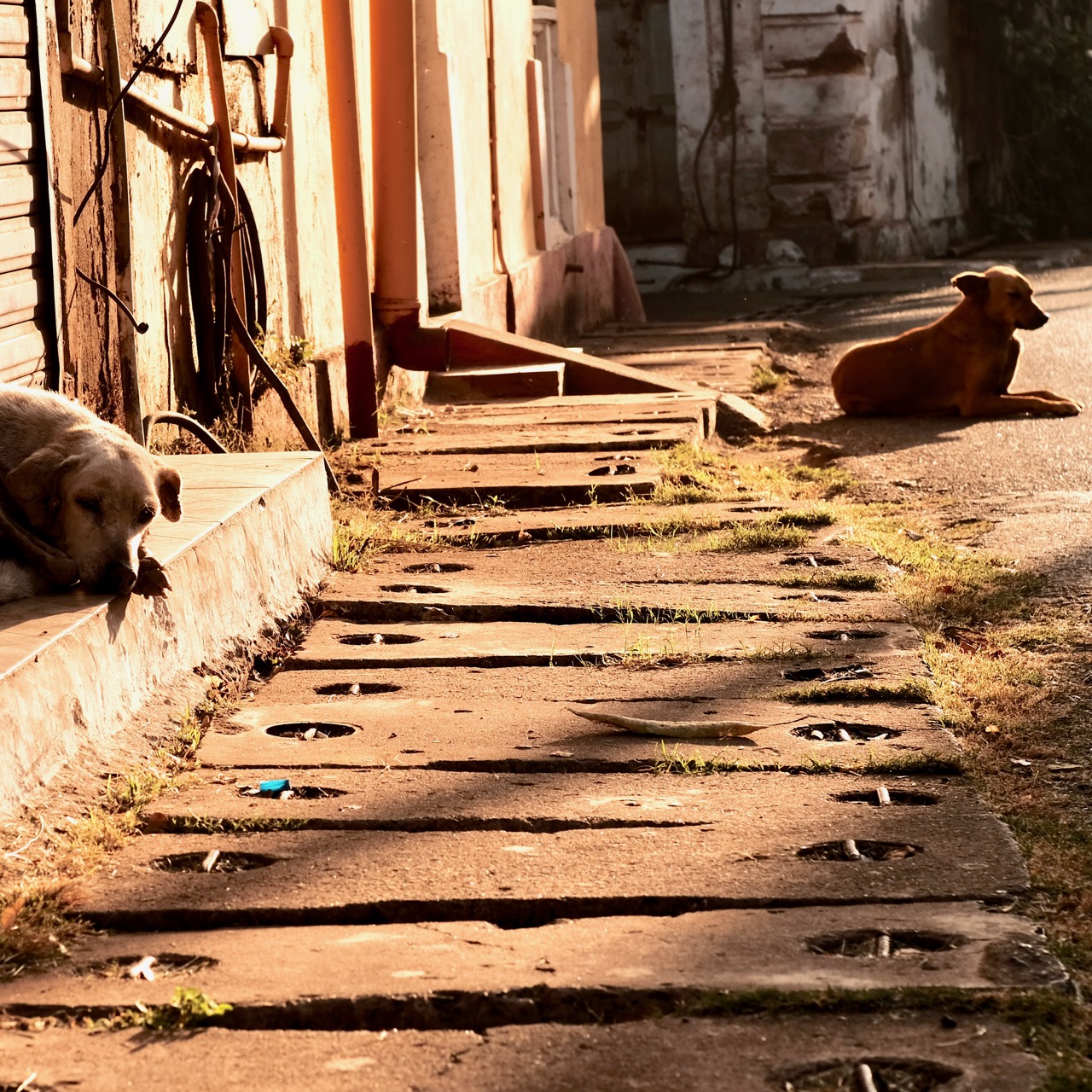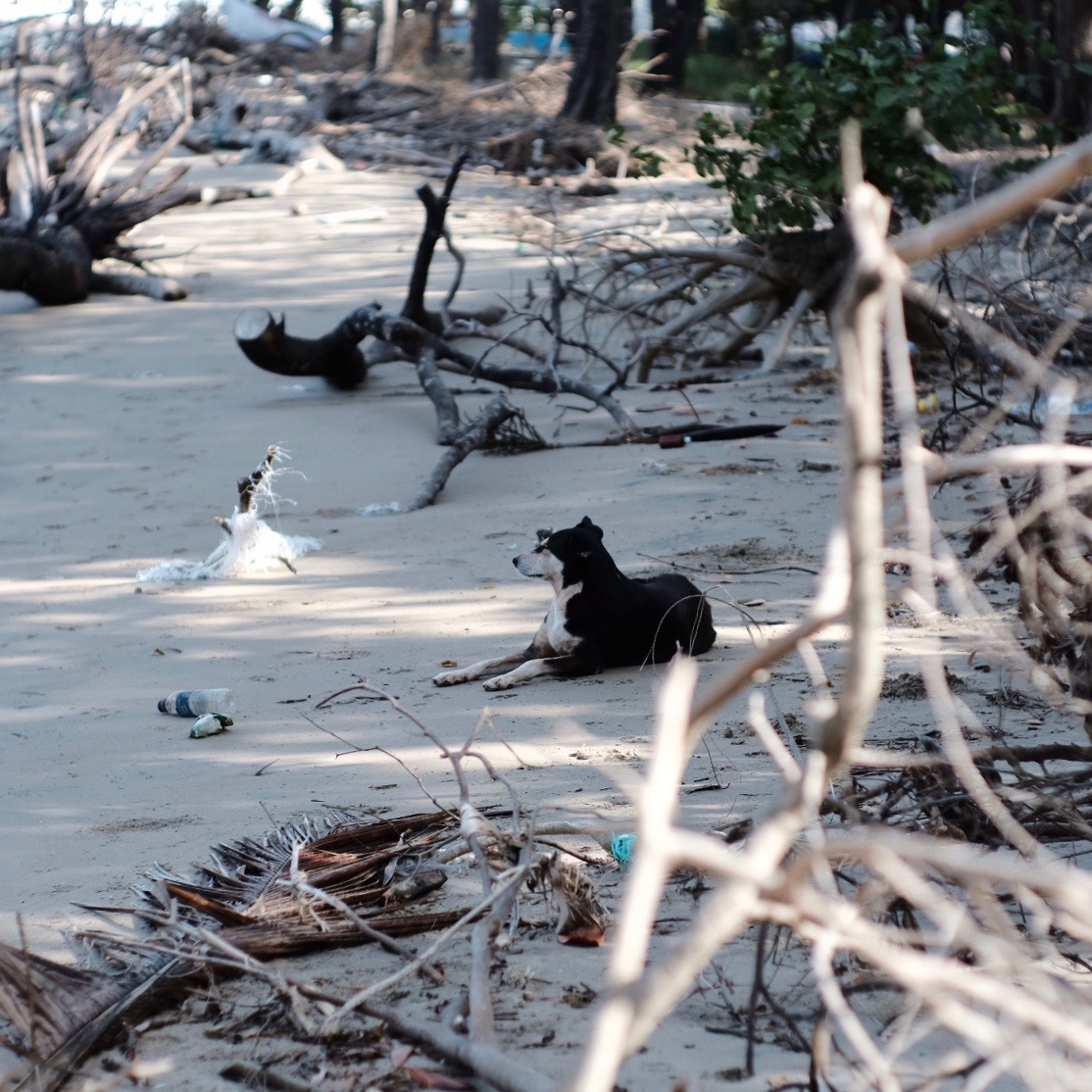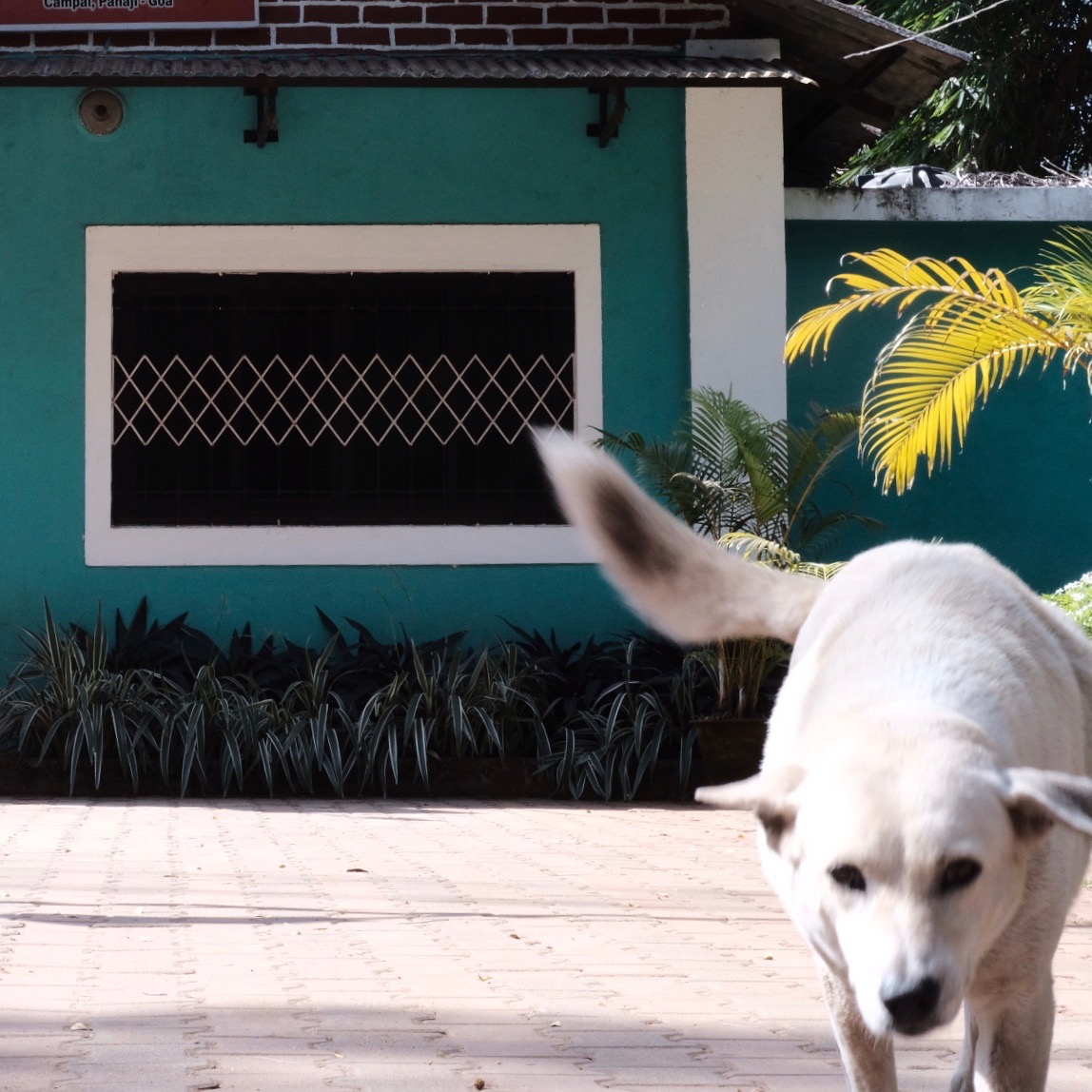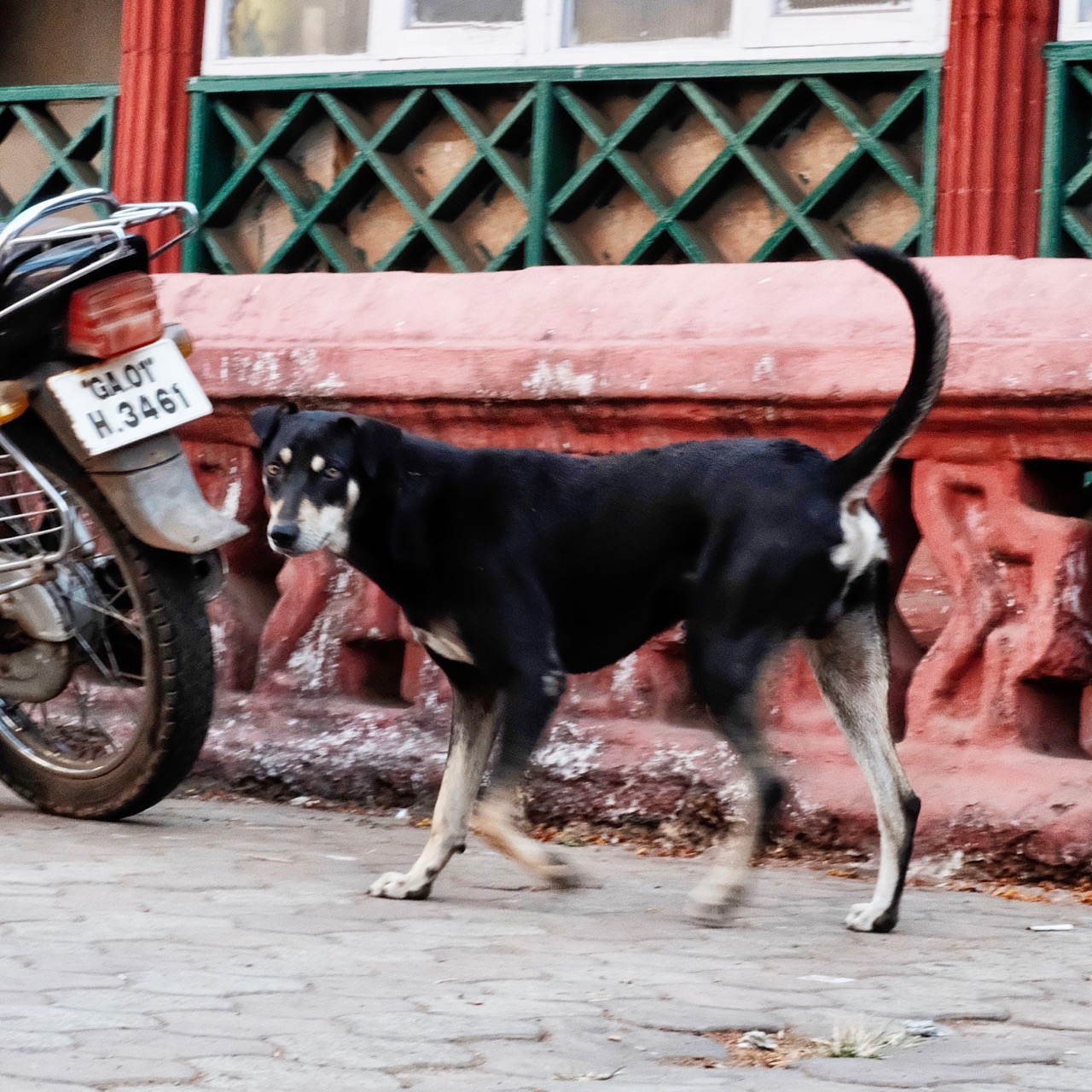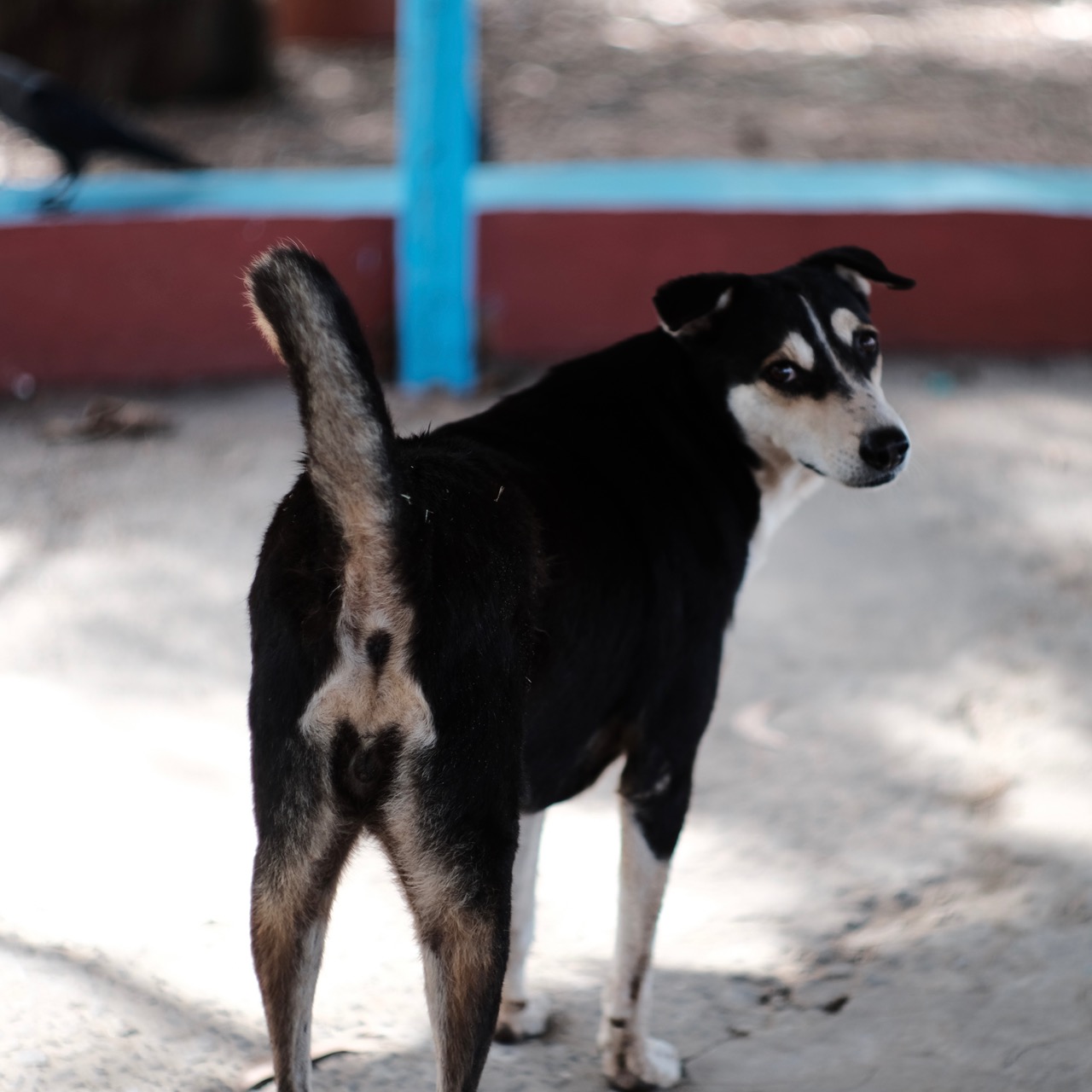by José da Costa Ramos
London 2015, Christmas, Strand. It is cold, at least for a man of the south. People seem distracted or concentrated on things that are not there at that time. A dog in a colourful turtle-neck draws my attention. He is short-legged and is also wearing a reindeer necklace, clownish look. He is very, very happy! He is playing in an almost elegant way with a small, empty plastic bottle. I stop, take a picture, stop again and enjoy the happiness of being there with that dog. Back home, on screen, I discover the dog is blind.
“We know what animals do and what beavers and bears and salmon and other creatures need, because once our men were married to them and they acquired this knowledge from their animal wives.” Old Hawaiian saying in John Berger’s book Why Look at Animals. Through John Berger, I came to understand that zoos and the systematic destruction of animal ecosystems are intertwined and tend to be mutually justified. In the introduction of 1969 edition of The Animals by Garry Winograd (the photographer), we read: “…animals can be reduced to a state of whimpering psychic paralysis if they are forced to live in circumstances similar to those of the typical modern urban dweller.”
Click on arrow to move to next slide
Did the blind dog or John Berger lead me to photographing dogs? I do not know. I love dogs. To me, the act of taking pictures has no goal, or end, or justification, outside the act of taking pictures in itself. No fabrication, no making, no poiesis only praxis. The blind dog gave me the evidence of a contradiction in terms: the truth of the cliché — a truth to be revealed afterwards in the darkroom or on screen. What I am trying to understand is how dogs are depicted and why. Looking to the representation of dogs on the occidental figurative painting, I came to understand dogs are depicted like an owner’s emanation and they reflect the power, glory and serenity of their owners so efficiently as horses do. In Velasquez, Murillo, Gainsborough … we can see very well cared for dogs (perception) suspended on perfect masters. The rule seems to apply to the streets of London today.
Panjim 2019, March, Fontainhas, mild weather. Dogs: no collar, no leash, sharing the public space. Technological ideology suggests the perfect observation of animals must be based on my total invisibility. I enjoy talking with dogs a foot from me. The animal scrutinises me across a narrow abyss of non-comprehension. Across ignorance and fear. Being seen by the dog is being seen as his surroundings are seen by him. That is what makes the look of the animal so familiar to me. My own life and the dog’s life can be seen running in parallel. Only in death do the parallel lines converge and after death, perhaps, cross over to become parallel again. Berger stated it, but here in Goa I can feel it. In London I could not afford to photograph dogs without them being on a leash: they are urban pets. In Panjim, I could not see a single dog on a leash. They interact in public space. My photographs are dedicated to the dogs of Panjim.
Looking at animals what do we learn about us? About our city?
José da Costa Ramos is a photographer, a father to 3 sons and lives, most of the time, in Portugal with his wife Carmo, and Flor, a Portuguese water-dog. He has a PhD in Human Geography and a Master’s in Urbanism. At 60, he is still reading the book of restlessness.

